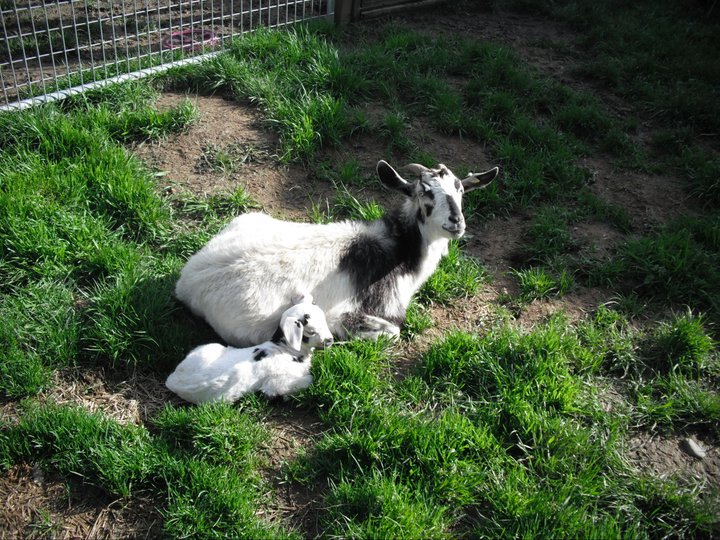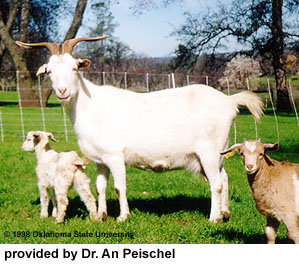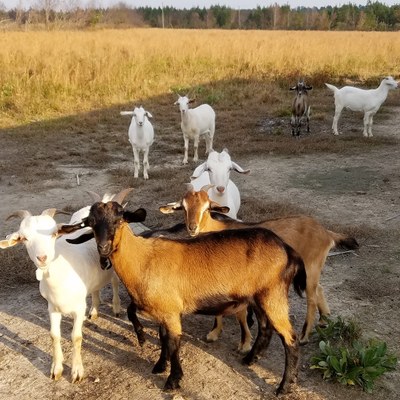Kiko Goats
The appropriately named Kiko goat was purpose-bred in New Zealand for meat production – the Maori word “kiko” meaning flesh or meat. The developers of the breed were Garrick and Anne Batten of Nelson in the northern South Island, and they developed the Kiko from feral goats that had been liberated or had escaped over the last hundred years or so of European settlement. These feral goats could be found in many places throughout the country, and although they were hardy, they were relatively small and produced little meat or milk.
The Kiko breed was established by crossbreeding selected feral does with Anglo-Nubian, Toggenburg and Saanen bucks, with further cross-breeding in the second and third generations. After four generations of selective breeding – selection being on the grounds of survivability and growth rate in a hill country environment – a dramatic improvement in liveweight and animal performance was achieved. By 1986 the Kiko breed was established and the herd was closed to further cross-breeding.
Within New Zealand, control of the breed has remained with the original developers. However, Kikos were exported to the United States in the 1990s, and there are now a number of enthusiastic breeders of Kikos in that country.
References
Mason, I.L. 1996. A World Dictionary of Livestock Breeds, Types and Varieties. Fourth Edition. C.A.B International. 273 pp.
Conservation Society of New Zealand (www.rarebreeds.co.nz)



